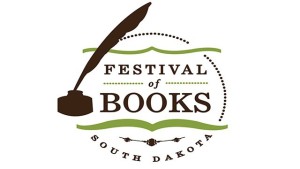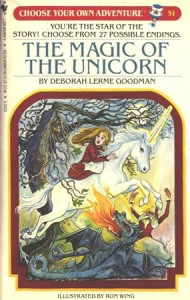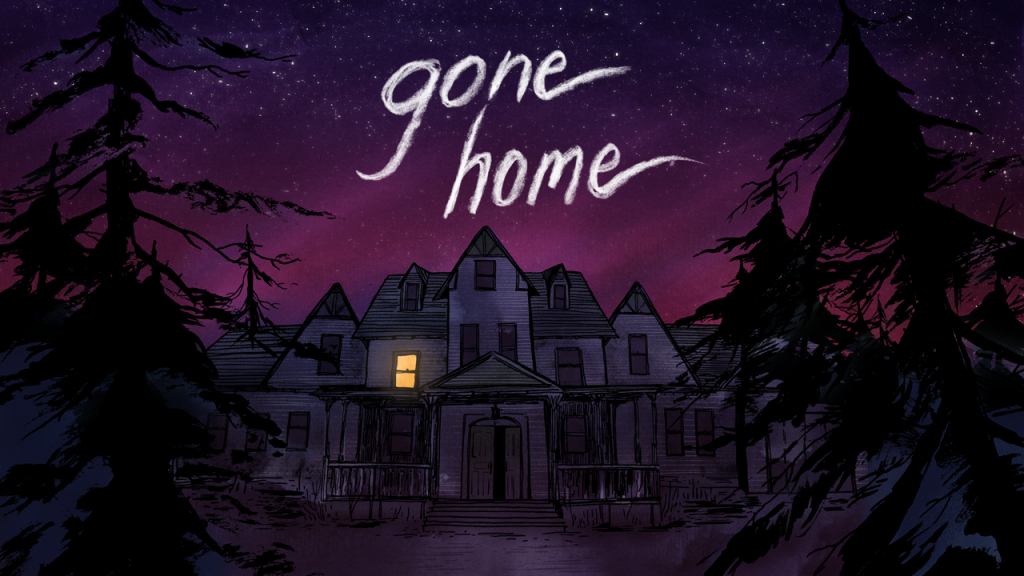Interactive Fiction: Is it Real Literature?
 Last weekend was South Dakota’s annual Festival of Books, a free event that draws together authors and readers from across the state and beyond. There are always plenty of sessions that are of use to writers, and a bunch that are like crack to readers, and I always walk away from the festival feeling inspired to write more and read more, to step outside my comfort zone both in my writing life and my reading life. It’s a feeling of intellectual vibrancy that is one of my favorite feelings in the world.
Last weekend was South Dakota’s annual Festival of Books, a free event that draws together authors and readers from across the state and beyond. There are always plenty of sessions that are of use to writers, and a bunch that are like crack to readers, and I always walk away from the festival feeling inspired to write more and read more, to step outside my comfort zone both in my writing life and my reading life. It’s a feeling of intellectual vibrancy that is one of my favorite feelings in the world.
This year, the festival was taking place in a town an hour from where I live. I had an early-morning doctor’s appointment on Saturday, and I had slept poorly the night before. I mentioned to my husband that I was thinking of going back to bed rather than driving up for the festival.
“Don’t do that,” he said.
After my second session, I sent him a text to thank him for talking me out of the temptations of bed on a Saturday.
Although I usually attend anywhere from 5 to 9 sessions, there is always one that stands out. This year, it was Steven Wingate‘s* presentation on the “Digitization of Literature.”
I did not know what the session was going to be about, but I’m on board with the digital revolution (mostly), and I like literature, so I figured there was bound to be something useful there. Little did I know that I would leave that 45-minute talk with my mind bursting with new ideas.

The session was mostly focused on “interactive fiction” — storytelling that draws the reader in as an active participant in the way the story unfolds. Think Choose Your Own Adventure for grownups. Some interactive fiction is similar to the Choose Your Own Adventure books of your childhood, where the reader is asked to choose between various paths. Others are more a labyrinth of text, images, videos, and other stimuli that draw you into a non-linear storytelling experience. Still others employ artificial intelligence for an almost limitless set of possibilities.
Although most of the examples Wingate covered were largely text-based and “light” on the coding side, he acknowledged that there is a very fine line between interactive fiction and “gaming.” I was noticing the same thing, and thinking about some of the games that I have been playing with my husband over the past few months. I don’t really identify with gaming culture, but my husband is a gamer. He’s made it something of a mission to find “story-rich” computer games that he thinks I’ll like, and that we can play together. He’s been right. So far, we’ve played Gone Home, The Stanley Parable, Among the Sleep, and Firewatch. With the exception of Stanley, which is more commentary than story, everything we’ve played has haunted me after the credits have begun rolling, just the way the best stories always do. These games don’t only allow the same “immersion” experience of a good book where it’s a treat to let the rest of the world fade away, but they go beyond mere plot to impart themes and messages to the player. All the games left me with questions at the end, and a sense that these people could have been real. Most games have at least a rudimentary plot, but not everything with a plot feels like literature. It’s the attention to character, to detail, and to an experience that lingers that sets these games apart. And the fact that you feel changed somehow by the experience when you walk away from it. 
Since my husband is a gamer and a software programmer and I am a writer, since our dating days we have played around with the idea of collaborating on a game. So far, the right impetus has not come along. But after seeing some examples of interactive fiction at the session, as well as discovering that there are programming engines like Twine out there to help you build your story, I feel as if it’s something I might actually be able to do. I am even considering writing an “interactive” novel for NaNoWriMo, which I usually use as an opportunity to try more “experimental” projects.
A few months ago, I listened to an episode of a Freakonomics podcast that referenced the old 10,000-hour rule, but went beyond it to stress that to truly master your art, you can’t just put in that time. You also have to deliberately stretch yourself to try new things. Immediately, I thought about my tendency to want to drift between genres and audiences when I write, and realized that this may not be a sign of a “scattered” sense of creativity or a short attention span, but a subconscious effort to improve my skill by venturing into new territory. With over ten novels under my belt, interactive fiction might just be the next step.
* Check out Steven Wingate’s interactive memoir, DaddyLabyrinth, or his interactive immigration experience, Talk With Your Hands Like an Ellis Island Mutt.